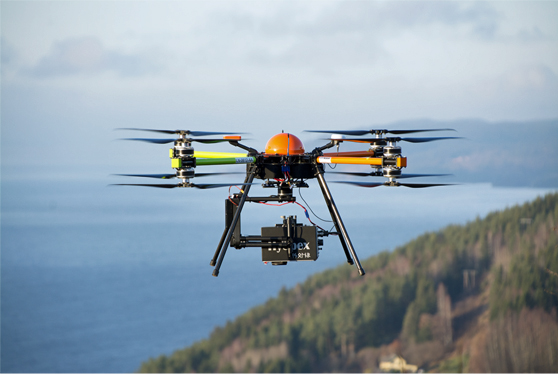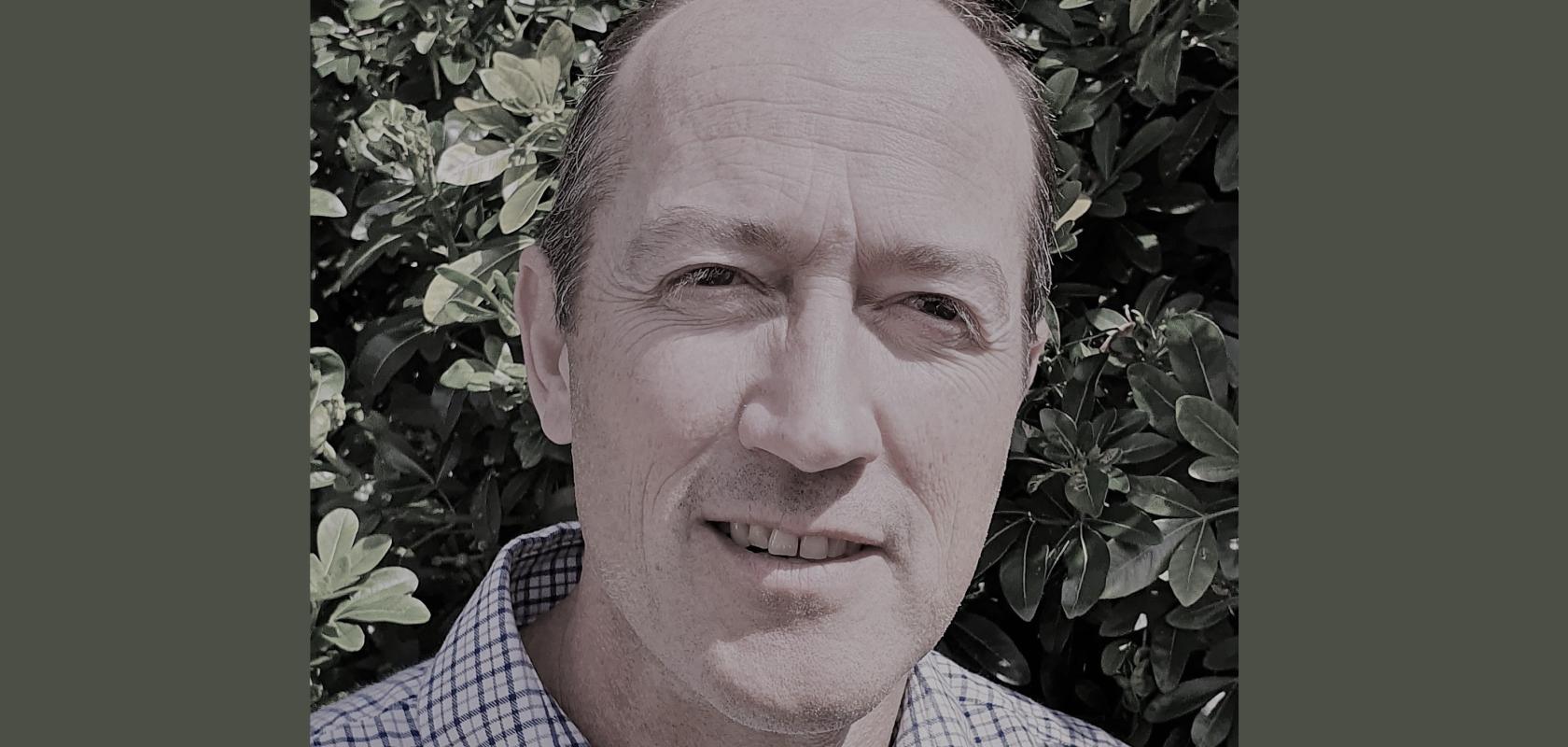Pro-Lite’s Nick Barnett discusses spectral imaging and its potential applications
Optical spectroscopy provides an invaluable insight into the interaction between light and matter and is used in a remarkable range of applications. Traditionally, spectrometers have been used for a discrete measurement from a small sample within a cuvette, or perhaps at a fixed location to monitor the progress of a chemical process. However, with new camera technology and advanced image processing algorithms, there’s an influx of new spectral imaging technologies opening new applications, and in some cases displacing traditional single-point monitoring spectrometers.
During my postgraduate studies (some years ago now!), I investigated measurements of microvascular blood flow and oxygenation in skin, muscle and other tissues. These measurements were taken from single discrete locations on the surface of the skin or other tissues. Monitoring changes at these localised points provided useful information relating to blood flow dynamics during medical or pharmaceutical interventions. However, there are large heterogeneities in tissue perfusion, so the development of perfusion imaging techniques enabled better understanding of the distribution of microvascular flow and oxygenation. It’s a similar situation with spectroscopy. I’ve worked as a technical sales and applications specialist in spectroscopy for many years finding spectroscopic solutions for a variety of applications. In many situations, single point spectrometer measurements provide valuable data. However, new spectral imaging techniques are improving our understanding and bringing new insights. Hyperspectral imagers originally developed to provide spectral images from satellites and aircraft are now also being increasingly used in medical research, machine vision, food science, materials analysis and remote sensing for agriculture and minerology.
Spectral Imaging in Remote Sensing
Spectroscopy is widely used in plant science and agriculture for the general assessment of plant health or for the detection and identification of plant diseases. Many researchers use portable spectroradiometers out in the field to sample individual plant leaves in situ. In general, vegetation that is photosynthetically active absorbs red light and reflects green and near infrared light. Portable spectroradiometers measuring wide spectral ranges from 350 to 2500nm enable various spectrally derived vegetative indices to be calculated that indicate plant health or metrics such as chlorophyll or nitrogen content. However, measurements from small samples of leaves are not necessarily representative of the whole field.
A standard colour (RGB) aerial photograph may provide an image of the whole field with areas of discoloured leaves within a field of otherwise healthy plants, but interpretation based on a simple RGB colour photo is very limited. Hyperspectral imaging, with a camera mounted on an UAV (unmanned aerial vehicle or drone) is a much more powerful technique. It combines the benefits of seeing an image with the data-rich information provided by spectroscopy as it acquires an entire spectrum at each point (pixel) within the image. Multispectral imaging also provides an image but only contains data from a handful of spectral bands at each pixel. The choice between using hyperspectral or multispectral imaging depends on the job at hand. Images relating to general plant health based on vegetative indices can usually be generated based on a few spectral bands so can be addressed by multi-spectral imaging. However, applications relying on more subtle differences in spectral features require the more finely resolved hyperspectral data. So, for identification of tree species or distinguishing between more subtle differences between diseased and healthy crops , hyperspectral imaging is the more appropriate technique.

Mounting a hyperspectral camera on a drone offers a much more powerful imaging technique than interpreting simple RGB colour photos. (Image: Pro-Lite)
There is a definite advantage to using spectral imaging over single point spectroscopy techniques in remote sensing applications. However, the techniques are highly complementary. The information provided by airborne cameras can be usefully validated by single point measurements on the ground (so-called “ground truthing”). Additionally, both these sets of data will be increasingly used in combination with hyperspectral images provided by earth observation satellites. This will lead to more detailed information about crop health and environmental issues at multiple levels of spatial and spectral resolution.
Spectral Imaging in Machine Vision
Machine vision is another area to benefit from the increased deployment of spectral imaging. Most materials can be identified by their interaction with light (reflectance, transmittance or absorbance). The different spectral signatures can be used to identify materials or separate specific materials from each other. Single point spectrometer measurements can be useful but spectral imaging allows examination of the spatial distribution of different materials. Spectral imaging can also perform beyond the capabilities of traditional RGB cameras by identifying spectral features outside the normal visible wavelength range. Broadband spectral imaging covering visible and near infrared wavelength ranges can be used to distinguish between different plastics, identify pharmaceutical products, or to grade the quality of food. Advances in real-time classification based on machine learning are also starting to be used to support and even automate decisions, speed up processes and improve quality control.
The uptake of spectral imaging in machine vision will depend on a balance between the benefits it brings, equipment costs and ease of implementation. Advances in spectral imaging hardware and software will help simplify ease of use. Costs will depend to some extent on whether there’s a need for multi- or hyper-spectral data. In controlled environments where the number of variables can be limited, the application of multi-spectral imaging can drive costs down. However, in situations requiring the detection of subtle differences in material or product quality hyperspectral imaging may be needed.
Spectral Imaging in Medical Imaging
Returning to applications in medicine and surgery, there are several areas where spectral imaging can provide major benefits. I already mentioned imaging microvascular tissue oxygenation but there are also applications in endoscopy, for non-invasive disease diagnosis and for image-guided minimally invasive surgery.
Real-time spectral imaging has great potential in image-guided surgery and the diagnosis of cancer. Cancerous tissue is often indistinguishable from healthy tissue in the operating room. However, spectral imaging has the potential to distinguish the spectral differences between healthy and cancerous tissue and to classify the different tissues in real time during a surgical procedure. This offers the potential to enhance a surgeon’s vision by providing colour coded images at the molecular and tissue levels. This in turn may lead to maximizing the removal of the tumour without harming adjacent normal tissue.
So is Spectral Imaging the Future?
The benefits of spectral imaging are significant and wide reaching. With the advancement of hardware technologies, image analysis methods, and computational power, I expect spectral imaging to play an important role in numerous applications above and beyond the few examples mentioned here. The power of spectral imaging to detect objects that the human eye, or ordinary RGB machine vision cameras can miss cannot be understated. Single point spectroscopic analysis still plays a vital role, but multispectral and hyperspectral imaging offers an exciting glimpse into a healthier and happier future.
Dr Nick Barnett is Business Development Manager at Pro-Lite Technology Ltd where he is responsible for the Spectroscopy, Spectral Imaging and Remote Sensing products that Pro-Lite supplies.


